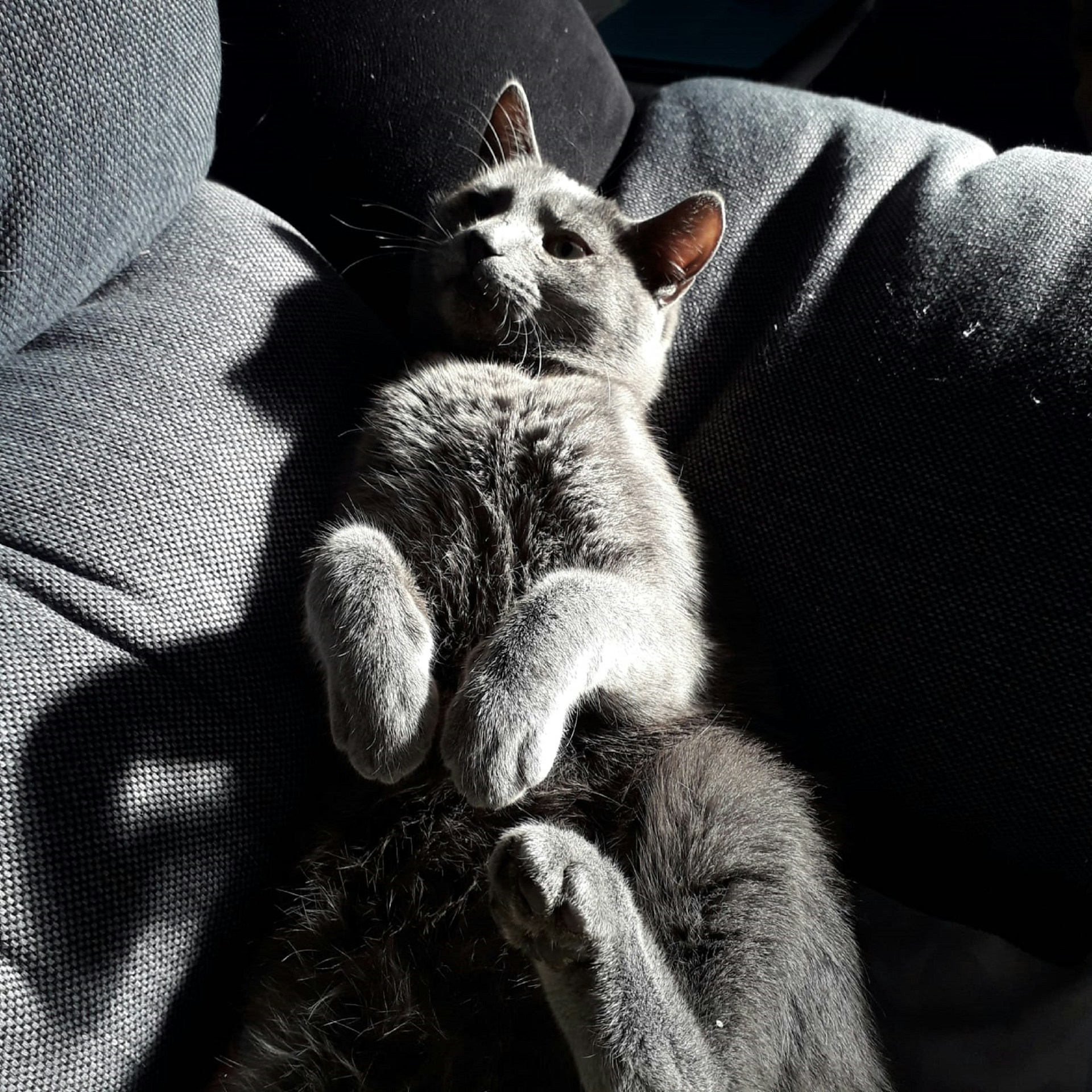Introduction
Ah, Maine, a state beloved for its stunning rugged coastline, heavily forested interior, and picturesque waterways. It’s not just human residents who adore Maine, however. Its vibrant native flora draws a crowd of enchanting visitors each year – hummingbirds. These diminutive, jewel-toned birds are a joy to watch as they dart and hover, sipping nectar from flowers with their long, slender beaks. With the right selection of flowers, your garden could become a hummingbird hotspot too.
This research paper provides insights and practical advice on fast-growing, native flowers in Maine that are sure to attract hummingbirds. We’ll explore both immediate options and longer-term projects, geared towards both the casual gardener and the serious botanist. We delve into regional recommendations within Maine, paying heed to variability in climate and soil conditions. Let’s embark on this floral journey designed to welcome these enchanting creatures into your yard.
Native Flowers in Maine to Attract Hummingbirds
Hummingbirds are drawn to flowers with rich nectar stores. Certain characteristics define a flower as ‘hummingbird-attracting’. Studies indicate a preference for the hummingbird-attracting flower colors of red, orange, pink, and yellow. The tubular shape, fitting their long beaks, and the rich nectar content are the deciding factors.
Several fast-growing native flowers in Maine fulfill these criteria and are ideal for attracting hummingbirds:
- Bush Honeysuckle (Diervilla lonicera): This suckering shrub has fragrant, tubular flowers that adapt well to various soils and conditions.
- Cardinal Flower (Lobelia cardinalis): This plant produces large, cardinal-red tubular flowers, offering brilliant color in moist, shady areas.
- Columbine (Aquilegia canadensis): With nodding red and yellow spurred flowers, this woodland native plant is not only a favorite of hummingbirds but also deer resistant.
- Great Blue Lobelia (Lobelia Siphilitica): Noted for its blue, tubular flowers blooming in tall spikes, this flower thrives in moisture-rich environments.
- Wild Bergamot (Monarda fistulosa): Lavender, tubular flowers sit atop wonderfully fragrant stems and leaves, thriving supremely in sunny locations.
Moreover, even if a little bit slower in growth, the Butterfly Weed (Asclepias tuberosa – for sunny, well-drained spots) and the Swamp Milkweed (Asclepias incarnata – preferring moist soil) have shown to be attractive to hummingbirds.
Recommendations Based on Climate and Regional Differences
Maine’s climate is generally humid continental, with cold, snowy winters and warm, humid summers. Within this, significant regional variation exists, affecting the suitability of certain plants. Native plants to Maine are naturally adapted to this kind of climate, requiring less maintenance and offering pleasing scenery as they grow healthily.
Southern Maine, with its milder climate, well-drained, moist soils proves conducive for the growth of the Common Elderberry (Sambucus canadensis) and Highbush Blueberry (Vaccinium corymbosum).
In contrast, Northern and Central Maine, which witness colder conditions, necessitate native flowers that are resilient in more formidable climate conditions. Long-lived perennials like the Wild Lupine (Lupinus perennis) with its purple-blue flower clusters and thriving in sunny areas, and American Hornbeam (Carpinus caroliniana), a slow-growing, small tree with a unique trunk suitable for rich soils and shaded areas, are commendable options for attracting hummingbirds over time.
Practical Tips and Challenges
Successfully planting and maintaining a hummingbird-friendly garden involves careful consideration of several factors. From ideal planting times and conditions for each flower to the challenges of adapting to variable regional climates and dealing with pests and diseases specific to Maine.
Local nurseries and garden centers, along with online resources like the Maine Audubon Native Plant Finder and the University of Connecticut Plant Database, provide guidance and information, aiding you on this gardening adventure.
- For Garden Ornaments: As much as hummingbirds have a fondness for vibrant flowers, they are also attracted by colorful garden decorations, birdbaths, and nesting structures
- Water Features: Simulating a bird-friendly habitat with diverse plant species and water features.
Conclusion
Hummingbirds, with their spectacular aerial displays and ceaseless activity, are one of nature’s most enchanting spectacles. Attracting them to your Maine garden is a project that combats biodiversity loss, promotes eco-friendly gardening practices, and provides endless fascination and joy.
By choosing native, fast-growing flowers, it is possible to establish a thriving, vibrant, and ecologically beneficial garden. Whether you reside in southern Maine or in colder northern or central regions, there are suitable plant options to attract these delightful winged visitors.
May this guide help you in securing a thriving haven for ruby throated beauties. Each garden contributing to hummingbird conservation creates a ripple effect, benefiting entire ecosystems. So let’s start sowing those seeds today!

